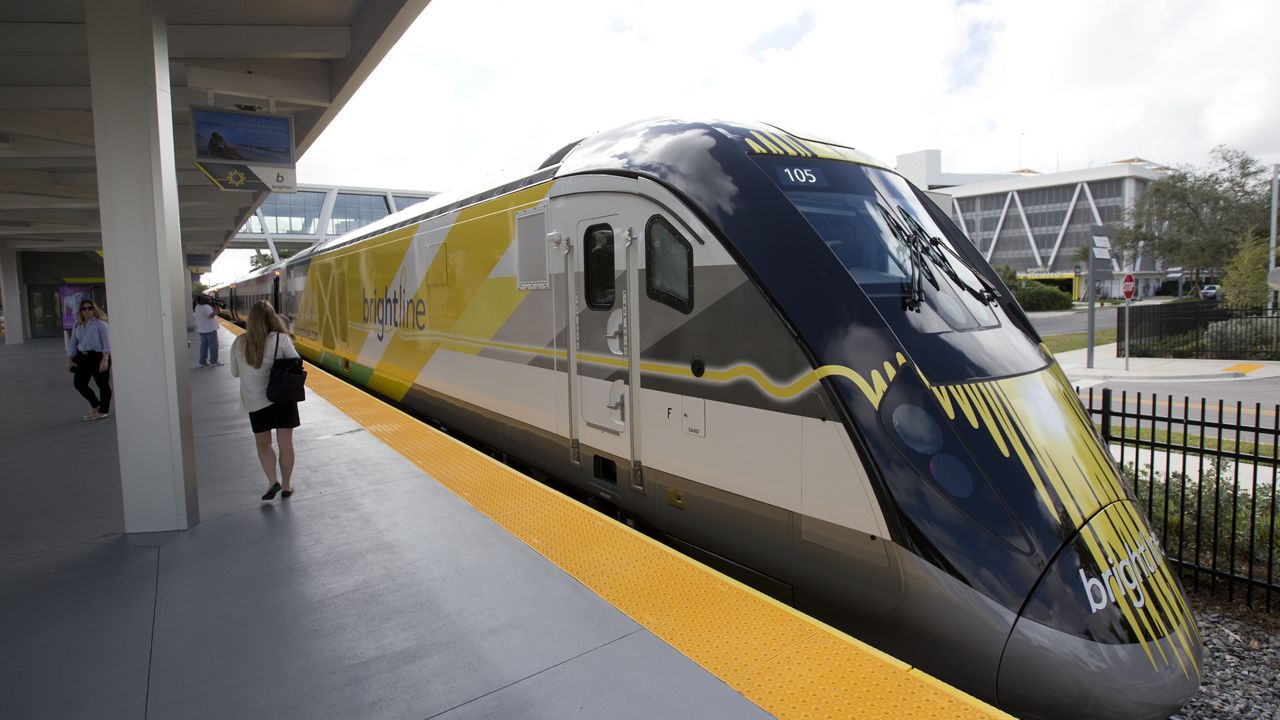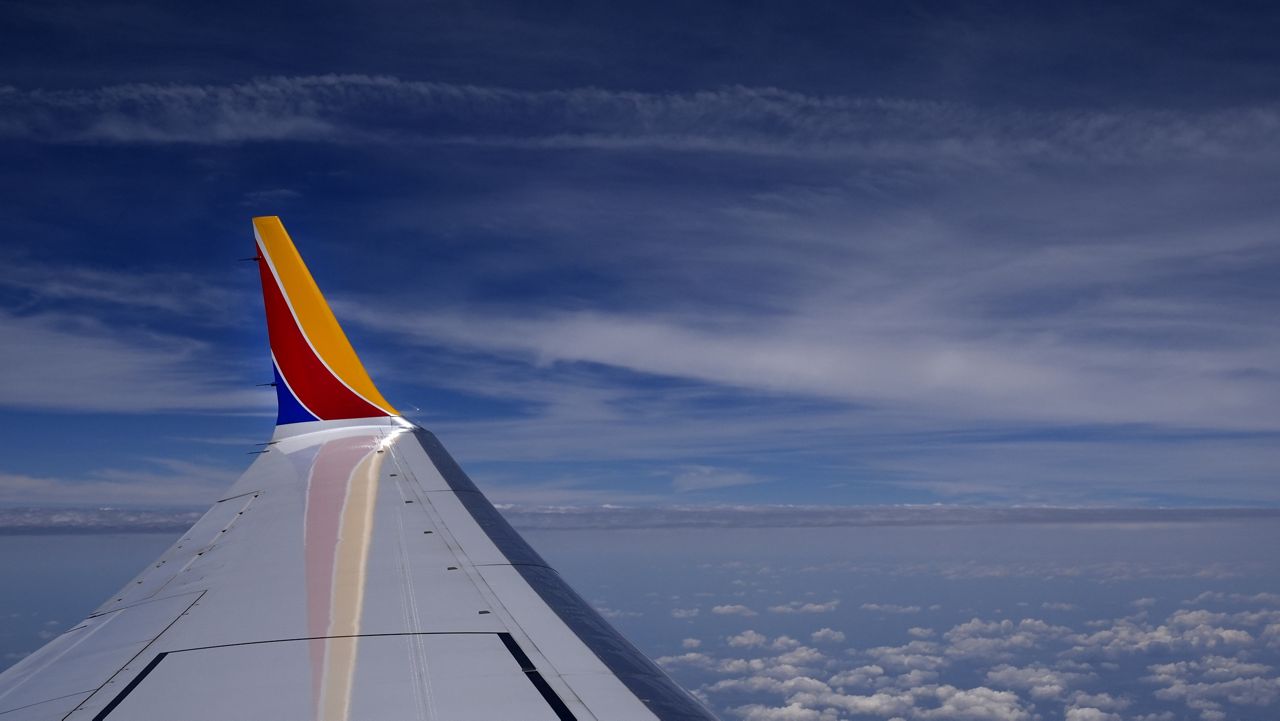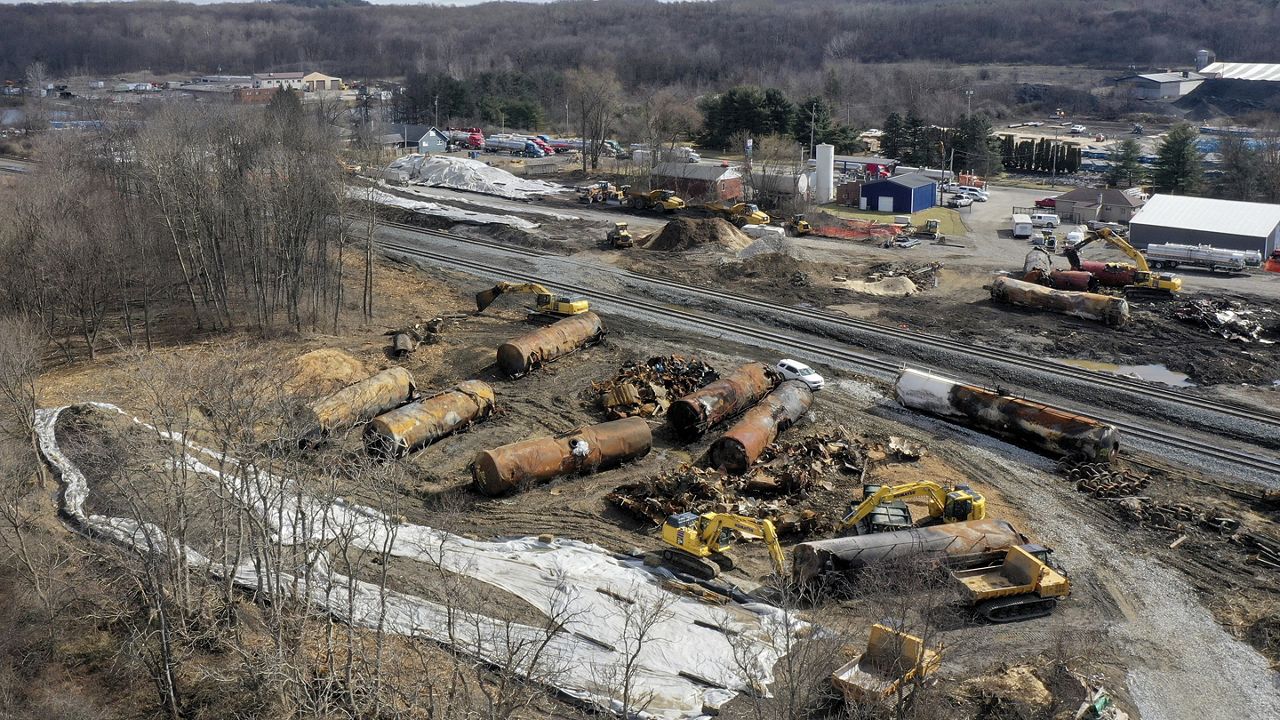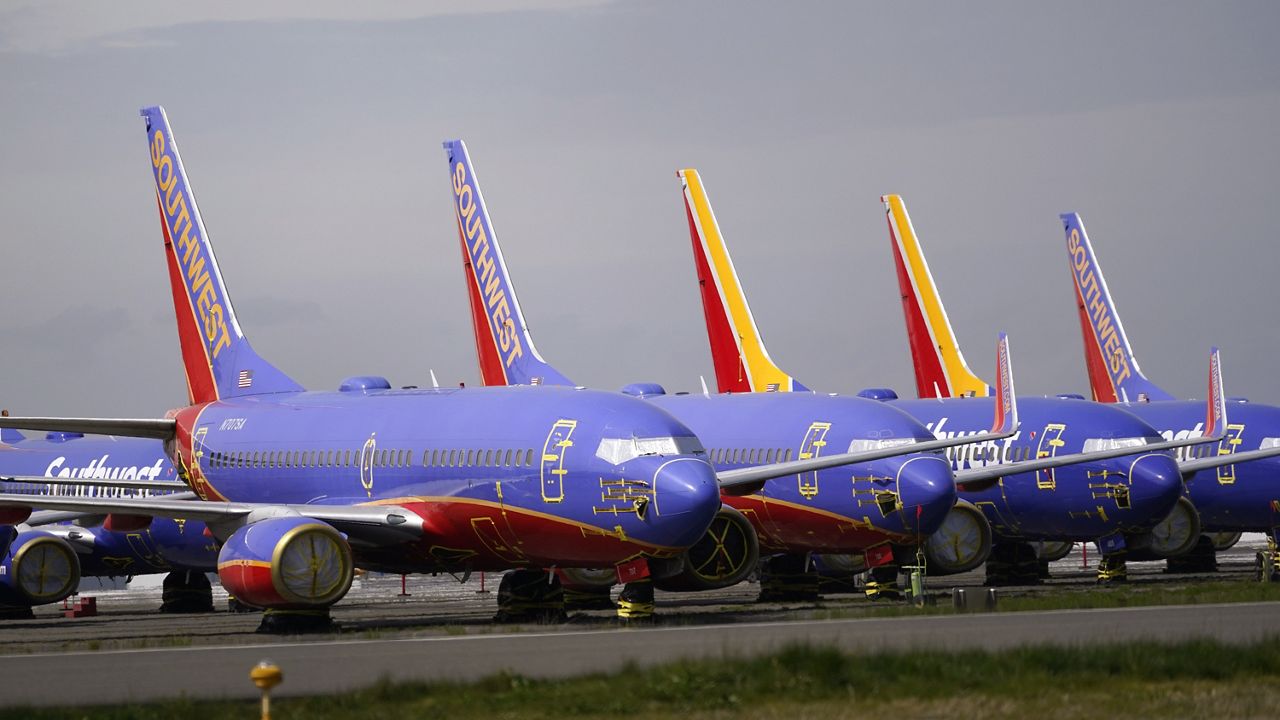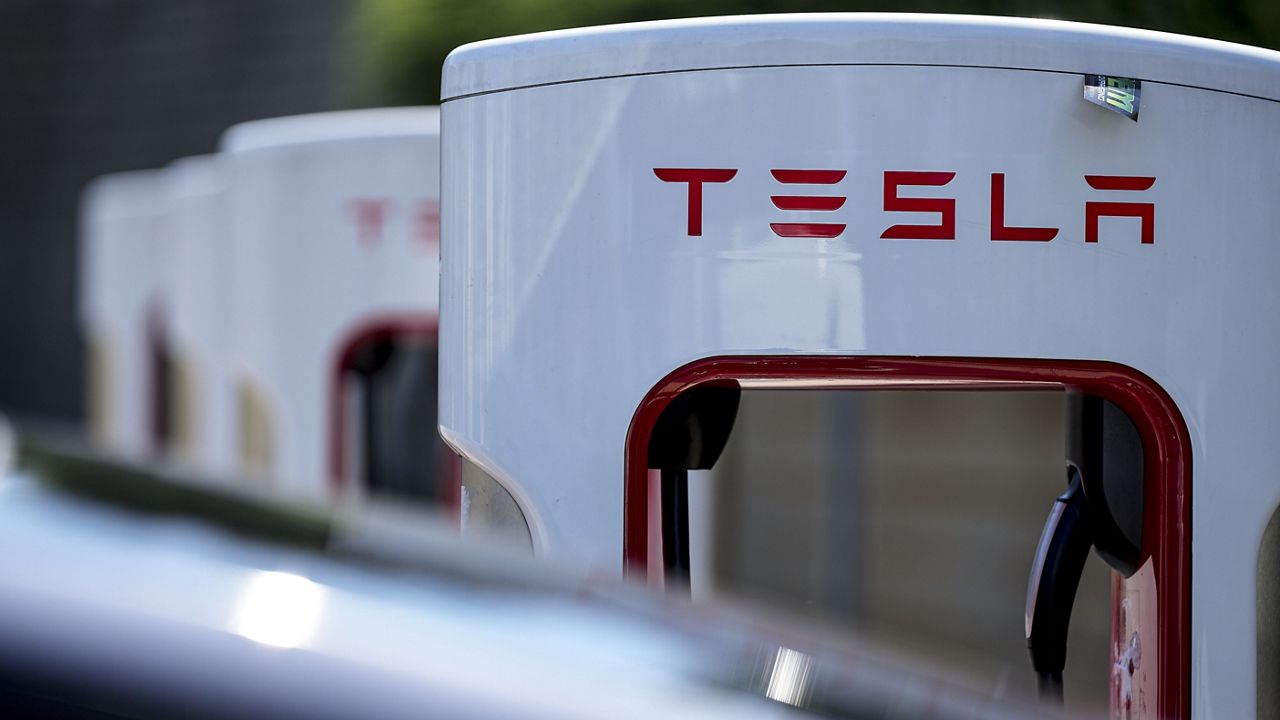A $12 billion high-speed passenger rail line between Las Vegas and the Los Angeles area started construction Monday, amid predictions that millions of ticket-buyers will be boarding trains by 2028.
“Once that first customer buys that first ticket to ride true high speed rail on American soil, there will be no going back," U.S. Transportation Secretary Pete Buttigieg said during the groundbreaking ceremony for the future site of a terminal to be built just south of the Las Vegas Strip. "What happens in Vegas should absolutely not be confined to Las Vegas."
Buttigieg said the project is expected to move people at 186 miles per hour between Southern California and las Vegas in just over two house, which is about half the time it can sometimes take to drive the trip.
"I have never heard a stretch of interstate described as a parking lot more often that the I-15 corridor if you're on it at the wrong time," he said.
He said he expects the train to carry 10 million people and to save 800 million pounds of carbon pollution annually.
Brightline West, whose sister company already operates a fast train between Miami and Orlando in Florida, aims to lay 218 miles of new track between a terminal to be built just south of the Las Vegas Strip and another new facility in Rancho Cucamonga, California. Almost the full distance is to be built in the median of Interstate 15, with a station stop in San Bernardino County’s Victorville area.
"In short order, I believe there'll be many train systems that get developed using the blueprint that we're using and putting into practice here," Brightline Holdings founder and Chairperson Wes Edens said during the groundbreaking. "What I believe will be the legacy of today is really to mark the beginning of the high speed rail industry in this country."
Brightline aims to link other U.S. cities that are too near to each other for flying between them to make sense and too far for people to drive the distance, Edens said. He suggested Houston to Dallas; Portland, Ore. to Seattle; and Atlanta to Charlotte, N.C. as possible locations for high-speed rail in the future.
CEO Mike Reininger has said the goal of Brightline West is to have trains operating in time for the Summer Olympics in Los Angeles in 2028.
Brightline received $6.5 billion in backing from the Biden administration, including a $3 billion grant from federal infrastructure funds and approval to sell another $2.5 billion in tax-exempt bonds. The company won federal authorization in 2020 to sell $1 billion in similar bonds.
The route between Vegas and LA is largely open space, with no convenient alternate to I-15. Brightline’s Southern California terminal will be at a commuter rail connection to downtown Los Angeles.
The Brightline West trains will offer rest rooms, Wi-Fi, food and beverage sales and the option to check luggage.
A popular driving destination for Southern Californians, the Las Vegas area, now approaching 3 million residents, draws more than 40 million visitors per year. Passenger traffic at the city's Harry Reid International Airport set a record of 57.6 million people in 2023. An average of more than 44,000 automobiles per day crossed the California-Nevada state line on I-15 in 2023, according to Las Vegas Convention and Visitors Authority data.
Florida-based Brightline Holdings already operates the Miami-to-Orlando line with trains reaching speeds up to 125 mph. It launched service in 2018 and expanded service to Orlando International Airport last September. It offers 16 round-trips per day, with one-way tickets for the 235-mile distance costing about $80.
Other fast trains in the U.S. include Amtrak’s Acela, which can top 150 mph while sharing tracks with freight and commuter service between Boston and Washington, D.C.
In California, voters in 2008 approved a proposed 500-mile rail line linking Los Angeles and San Francisco, but the plan has been beset by rising costs and routing disputes. A 2022 business plan by the California High-Speed Rail Authority projected the cost had more than tripled to $105 billion.






